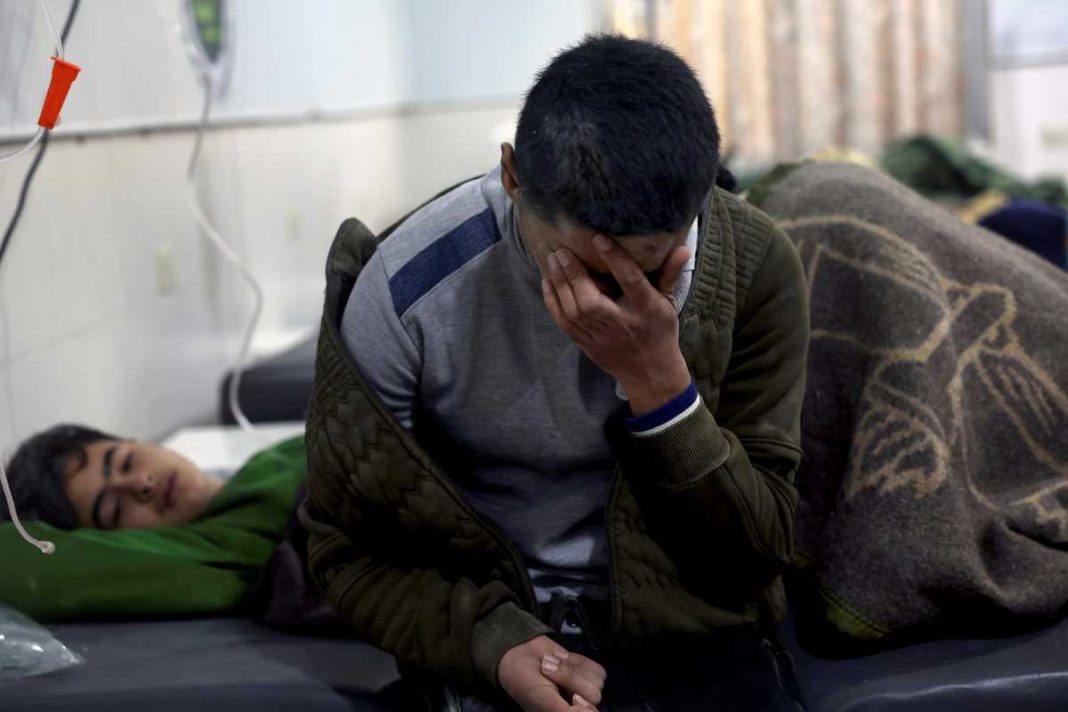“Event overview maps show that potentially 23 million people are exposed, including around five million vulnerable populations,” the World Health Organization’s senior emergencies officer Adelheid Marschang said.
“Civilian infrastructure and potentially health infrastructure have been damaged across the affected region, mainly in Turkey and northwest Syria,” Marschang added.
The WHO “considers that the main unmet needs may be in Syria in the immediate and mid-term,” Marschang told the WHO’s executive committee in Geneva.
The Turkish vice president has said the death toll from the earthquakes has risen to 3,419, bringing the total, including those killed in Syria, to more than 5,000.
Speaking to reporters, Fuat Oktay stated severe weather conditions are making it difficult to bring aid to the affected regions and conduct rescues.
He noted only rescue and aid vehicles were being allowed to enter or leave Hatay, Kahramanmaras and Adiyaman, three of the most impacted provinces. Rescue operations are focusing on those three provinces and Malatya, Oktay added.
Meanwhile, in Syria, authorities say more than 1,600 people have been killed.
With the death toll continuing to rise in Turkey and Syria, the United Nations children’s agency is now saying that thousands of children may have been killed as a result of Monday’s earthquake and its aftershocks.
UNICEF spokesperson James Elder made the announcement in a briefing to reporters in Geneva and added that the organisation was not currently able to determine the specific number of children killed.
Many families in Syria and Turkey are continuing to search for their children, while other children have been pulled out of the rubble only to find that their family members have died.
Thousands of homes have been destroyed in areas affected by an earthquake that struck Turkey and Syria, Elder stated.
“Thousands of homes have been destroyed, displacing families and exposing them to the elements at a time of year when temperatures regularly drop below freezing and snow and freezing rain are common,” Elder continued, adding, “Scores of schools, hospitals and other medical and educational facilities have been damaged or destroyed by the quakes.”
“This is the most powerful earthquake to hit the region in almost 100 years and came at the worst possible time for vulnerable children and families in the affected areas,” he added.
Elder also pointed that the most vulnerable are Syrian refugee families living in informal settlements and displaced families in northwest Syria who are also grappling with an ongoing cholera outbreak and heavy rain and snow.
“In this context, and one of more than a decade of conflict, this earthquake is utterly unbearable,” Elder said.
